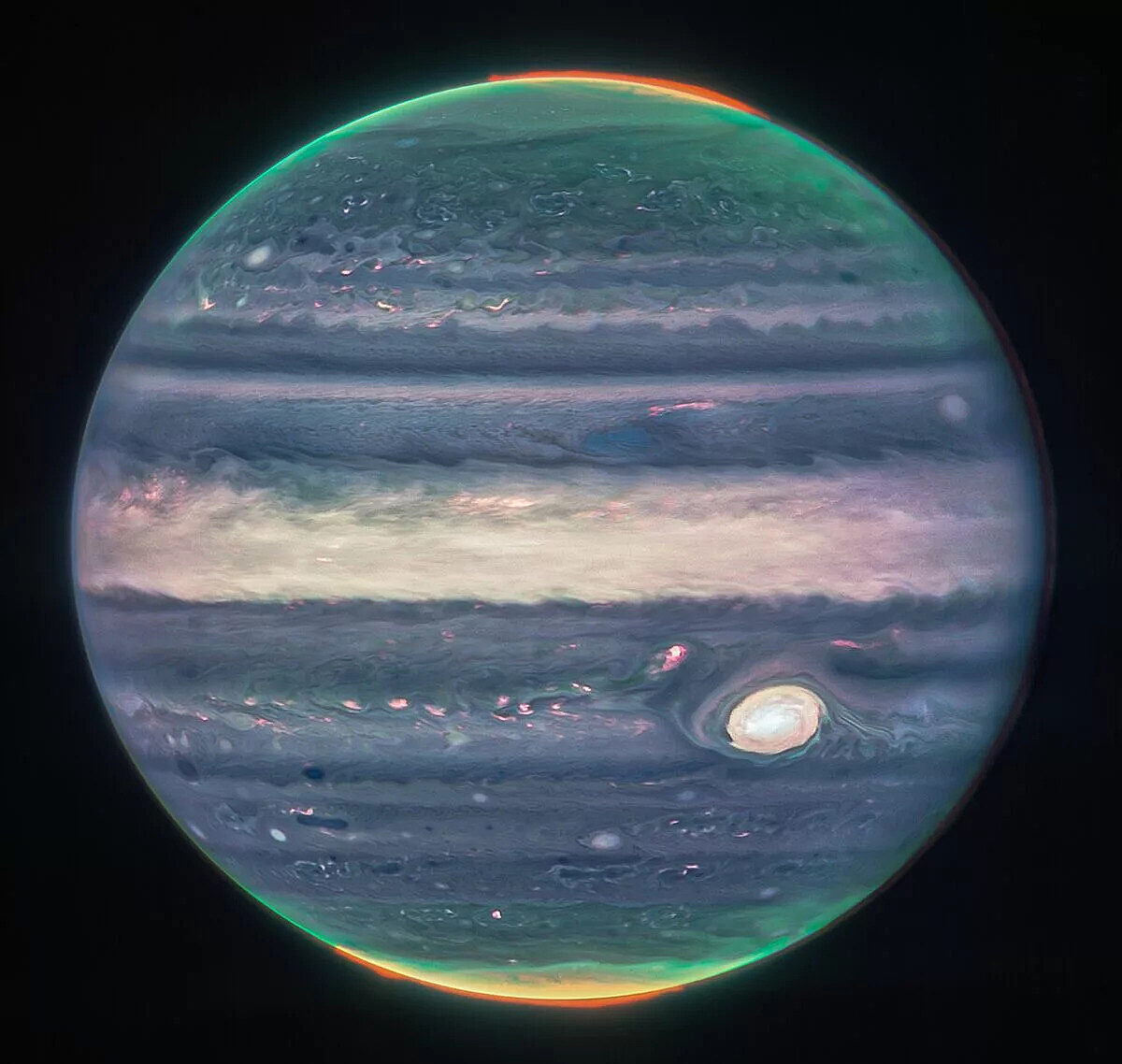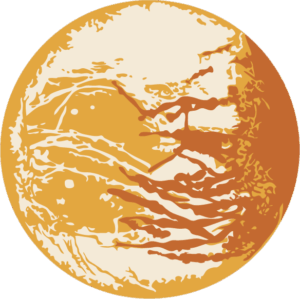The Downlink • Oct 07, 2022
Look and see
Space Snapshot

Juno got a close-up look at Europa last week and the resulting images are spectacular. On Sept. 29 NASA’s Juno spacecraft, which has been in orbit around Jupiter since 2016, flew past the icy moon making its closest approach at only 219 miles (352 kilometers) above the surface. Image processors are already hard at work on the resulting data, creating images like this one by Kevin M. Gill to draw out the surface features captured by the cameras. Image credit: NASA/JPL-Caltech/SwRI/MSSS/Kevin M. Gill.
You love space, now take action
This weekly newsletter is your toolkit to learn more about space, share information with your friends and family, and take direct action to support exploration. Anyone can subscribe at planetary.org/connect to receive it as a weekly email.
Mission Briefings


DART’s impact with Dimorphos gave the asteroid moonlet a tail. Astronomers using a ground-based telescope observed a trail of dust stretching more than 10,000 kilometers (6,000 miles) from the asteroid (toward the upper right in the image). Image credit: CTIO/NOIRLab/SOAR/NSF/AURA.

SpaceX might help move Hubble into a higher orbit. NASA signed an unfunded Space Act Agreement with the private company on Sept. 22 to study the possibility of using a Dragon spacecraft to boost the Hubble Space Telescope into a higher orbit. Hubble’s orbit has slowly been decaying in the 32 years it has been in operation. Boosting it to a higher, more stable orbit could add years to its operating life.

NASA is now targeting November for the Artemis I launch. The Space Launch System rocket and Orion capsule weren’t damaged by Hurricane Ian, but NASA has decided to skip the October launch window and wait until November. NASA said in a statement that this decision was partly made in order to give employees at Kennedy Space Center time to address the needs of their families and homes after the storm.
From The Planetary Society


When it comes to JWST’s amazing images, it’s hard to pick favorites. Nevertheless, we went ahead and started a collection of our top picks from among the many stunning photos coming back from the newest space telescope. Included among them is this jaw-dropping view of Jupiter with its polar auroras. Image credit: NASA, ESA, CSA, Jupiter ERS Team; image processing by Judy Schmidt.

A huge telescope aboard a 747 aircraft made its last flight on Sept. 30. The Stratospheric Observatory for Infrared Astronomy (SOFIA), which was a joint mission between NASA and the German Aerospace Center, made 921 flights over the course of its 12 years of operation, observing celestial magnetic fields, star-forming regions, comets, nebulae, and the center of our galaxy. Astronomer Margaret Meixner joined this week’s Planetary Radio to talk about the unique mission and the many things it taught us about the Universe.

Happy World Space Week! This annual, international celebration of all things space runs from Oct. 4-10 and this year focuses on the theme of “Space and Sustainability.” Learn more about the celebrations happening in person and online.

Thank you to everyone that supported the Planetary Academy Kickstarter campaign! While the successful campaign has ended, we plan to open up general enrollment in this new kids membership program later this year. Sign up for the waitlist here and we'll let you know when we’re ready to welcome the next class of Academy members.
What's Up

Jupiter is still very bright in the evening sky, rising around sunset in the east and setting around sunrise in the west. Higher in the sky is yellowish Saturn. Mars rises later in the evening, looking bright and reddish. In the pre-dawn, look for Mercury low to the eastern horizon. Learn more about what to expect in October’s night skies.
Wow of the Week

Planetary Society member Danielle Rose created this watercolor painting of the star forming regions of the Orion Nebula, inspired by an image captured by NASA's JWST spacecraft. Danielle is also a member of the International Association of Astronomical Artists. Image credit: Danielle Rose.
Send us your artwork!
We love to feature space artwork in the Downlink. If you create any kind of space-related art, we invite you to send it to us by replying to any Downlink email or writing to [email protected]. Please let us know in your email if you’re a Planetary Society member!


 Explore Worlds
Explore Worlds Find Life
Find Life Defend Earth
Defend Earth


